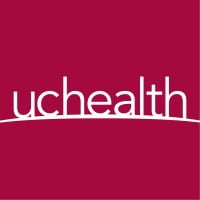
UCHealth
At UCHealth, we do things differently. We strive to promote individual and community health and leave no question unanswered along the way. We’re driven to improve and optimize health care. Our network of nationally-recognized hospitals, clinic locations and health care providers extends throughout Colorado, southern Wyoming and western Nebraska. We deliver excellent care close to home, no matter where you might live. Our success is defined by more than our patient volumes or treatment outcomes. It’s about building a team of exceptional people, from our clinical staff to our expert physicians, who consistently do what is right for the individuals we are honored to serve. UCHealth, a 501(c) (3) health system, was formed in 2012 to increase access to innovative and advanced patient care, realize supply chain and IT efficiencies, and to better serve patients throughout the Rocky Mountain region by combining academic-based and community-focused medicine. Together, the clinics and hospitals within UCHealth can offer the most advanced treatments to improve the lives of patients and their families in Colorado and beyond.






